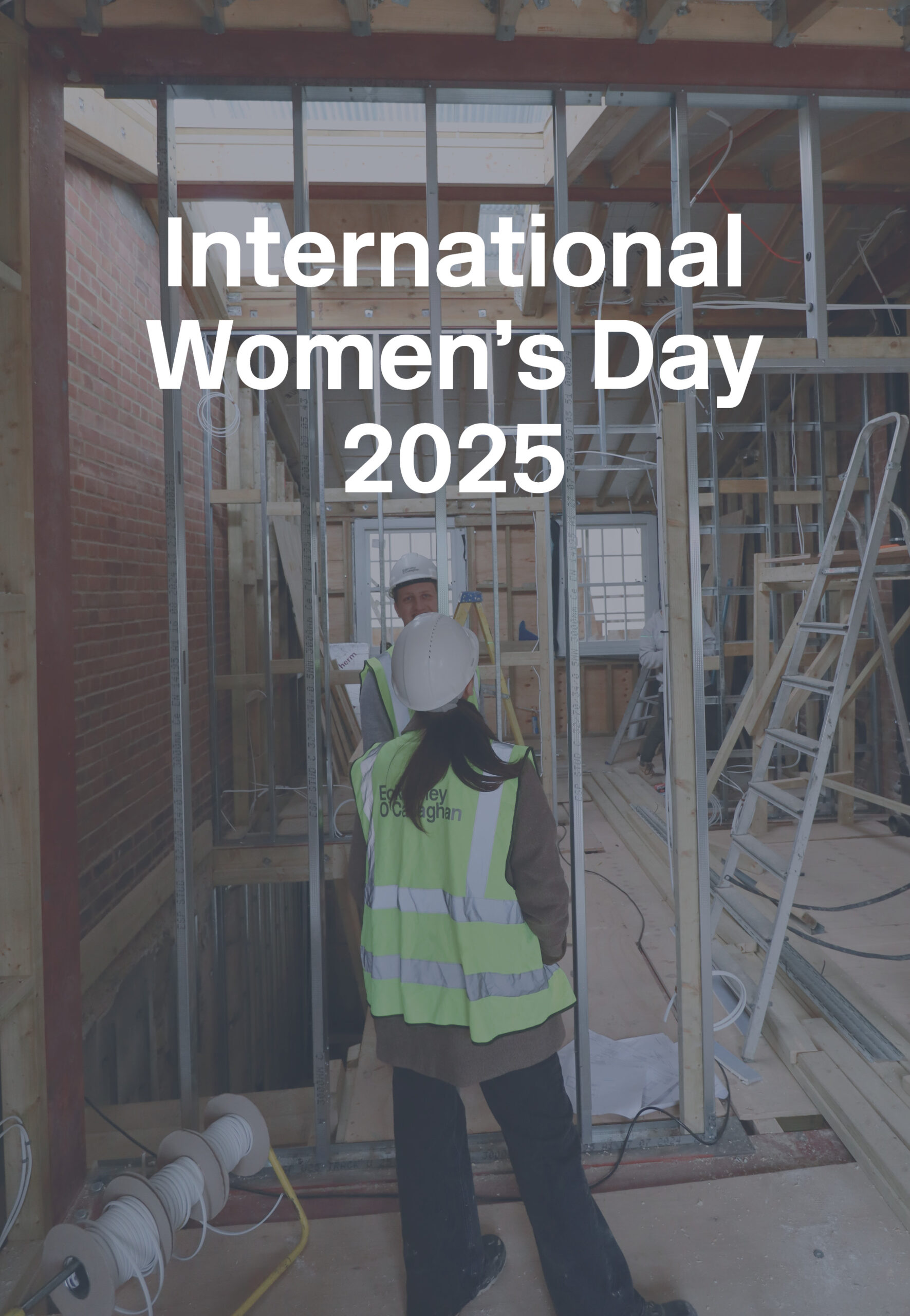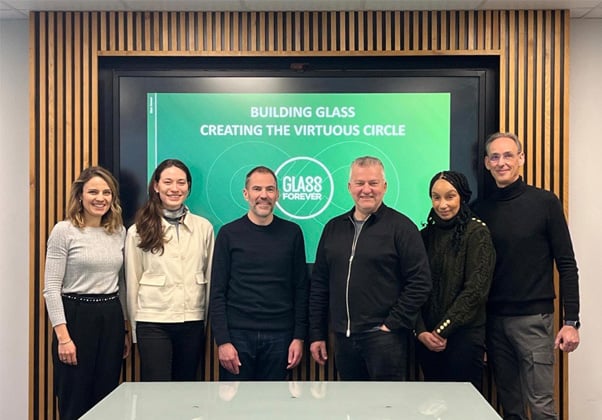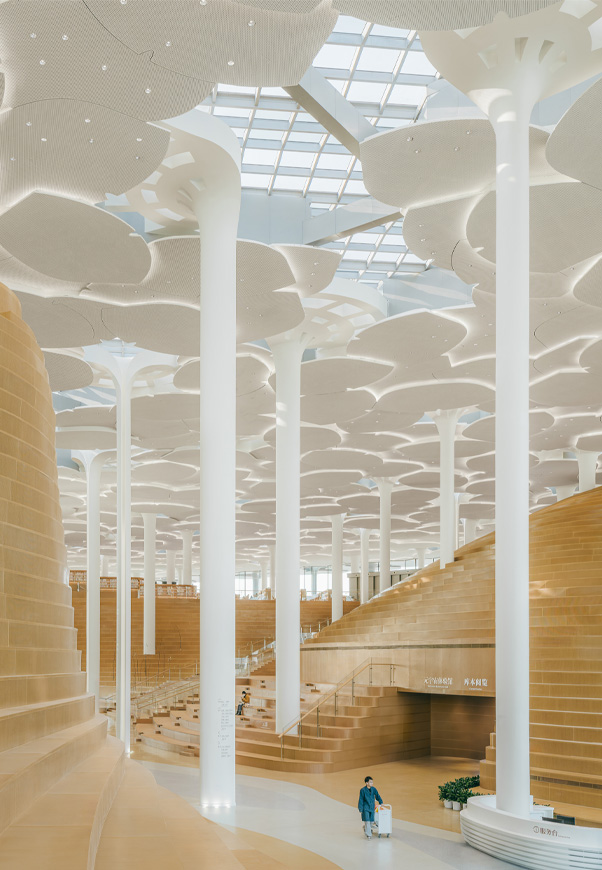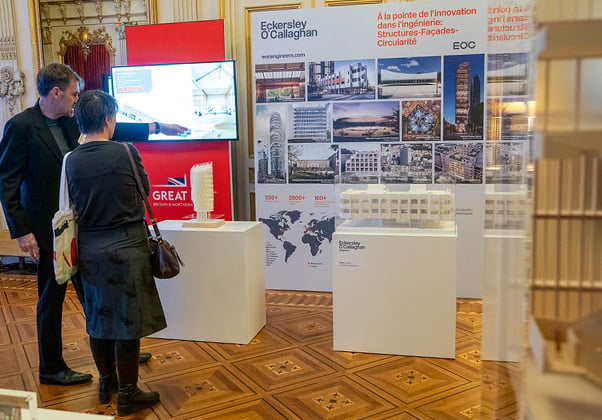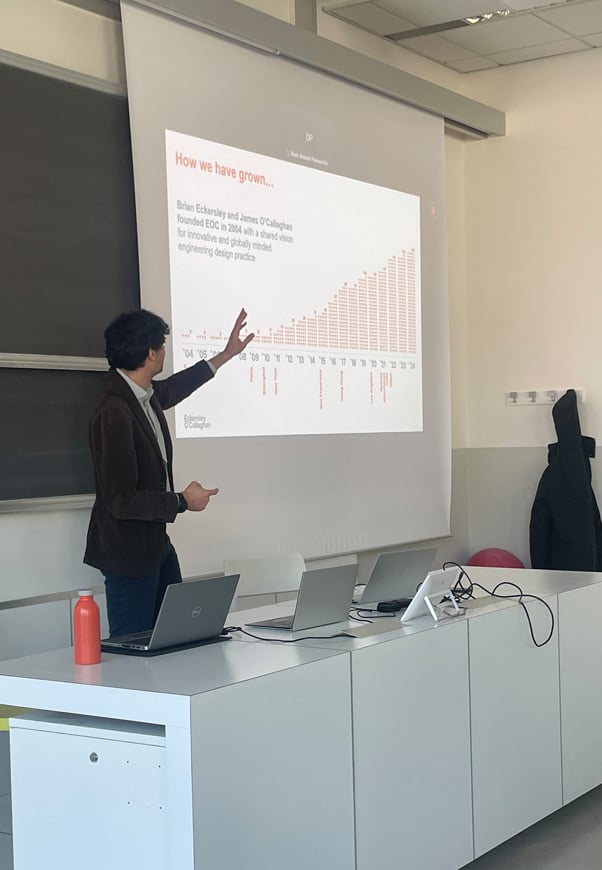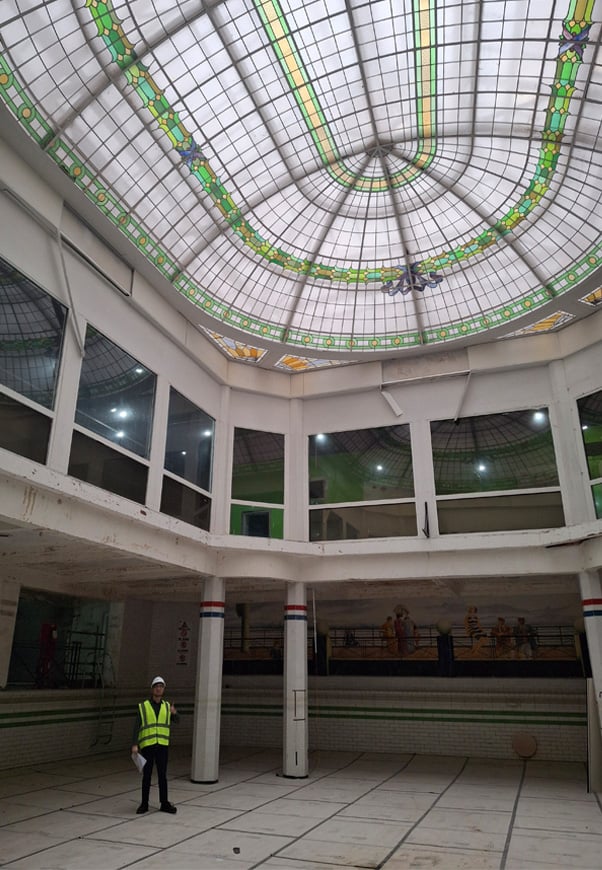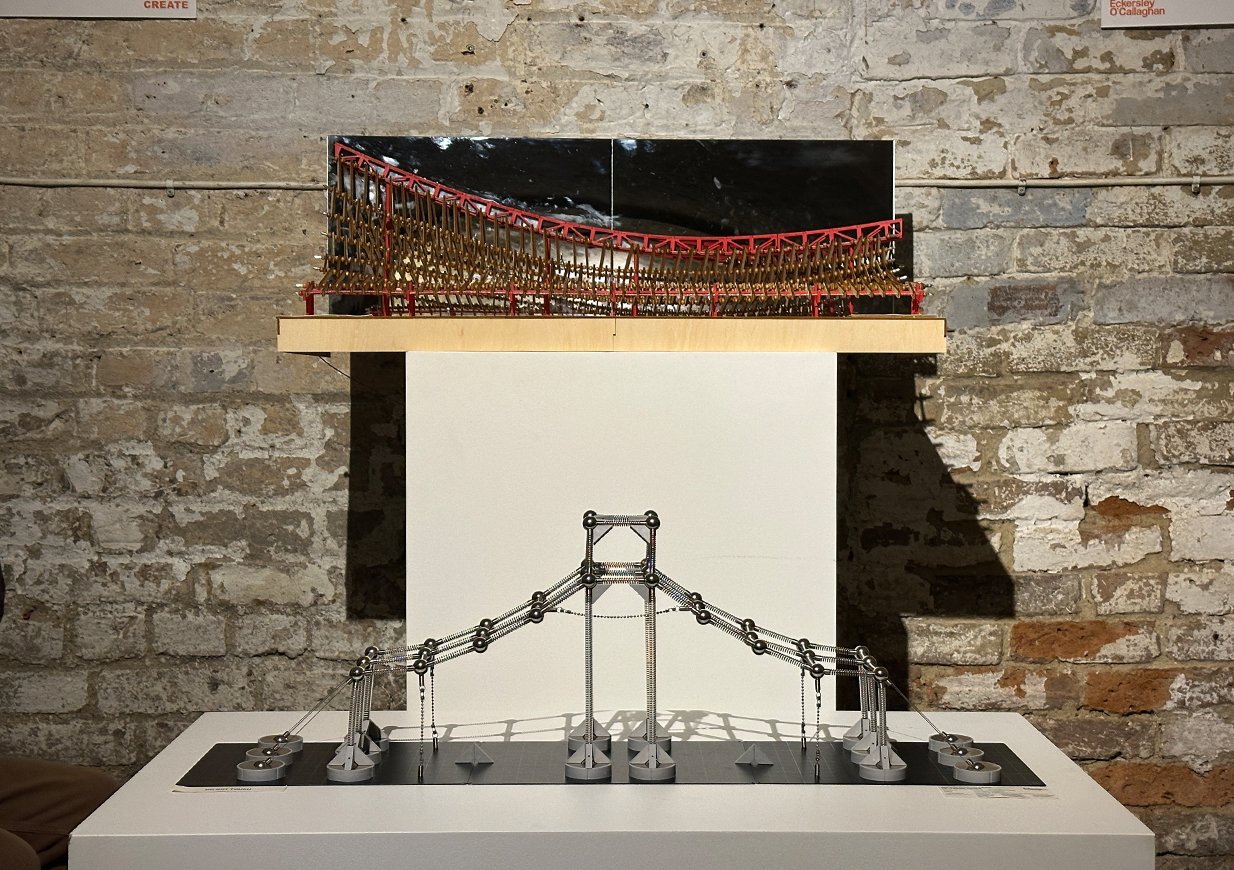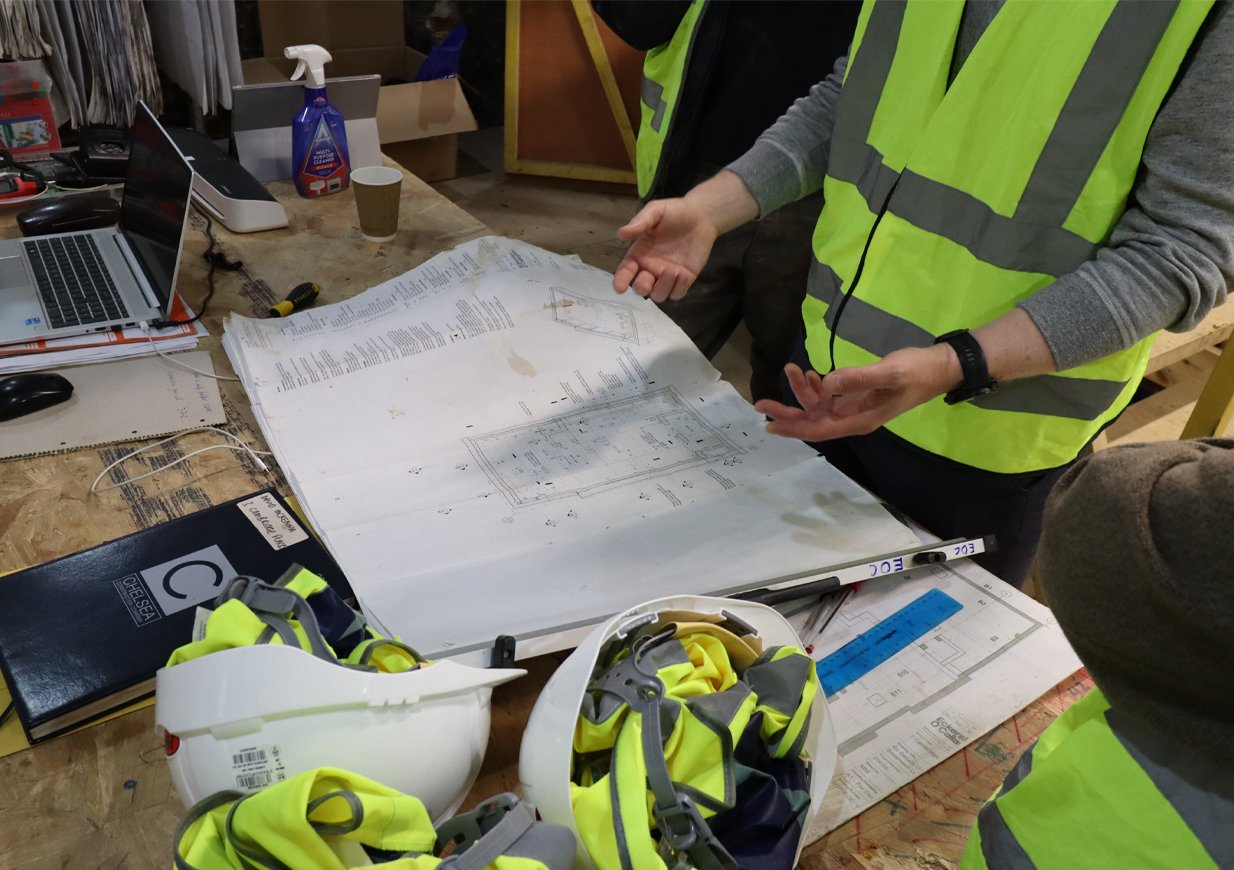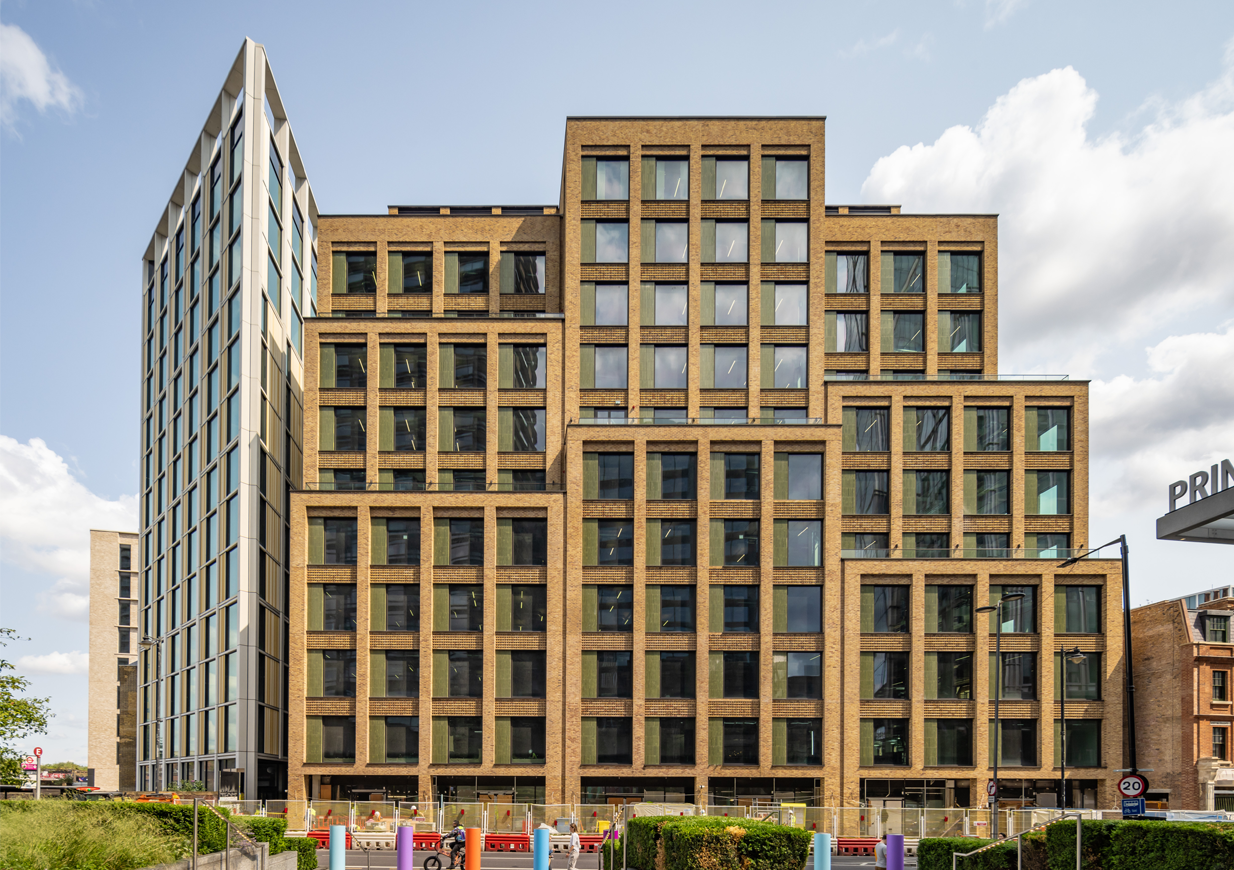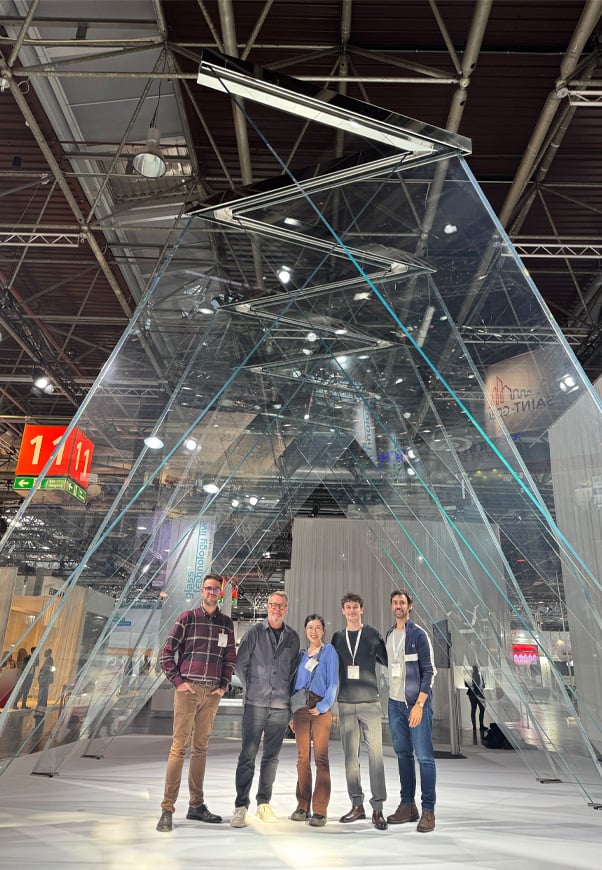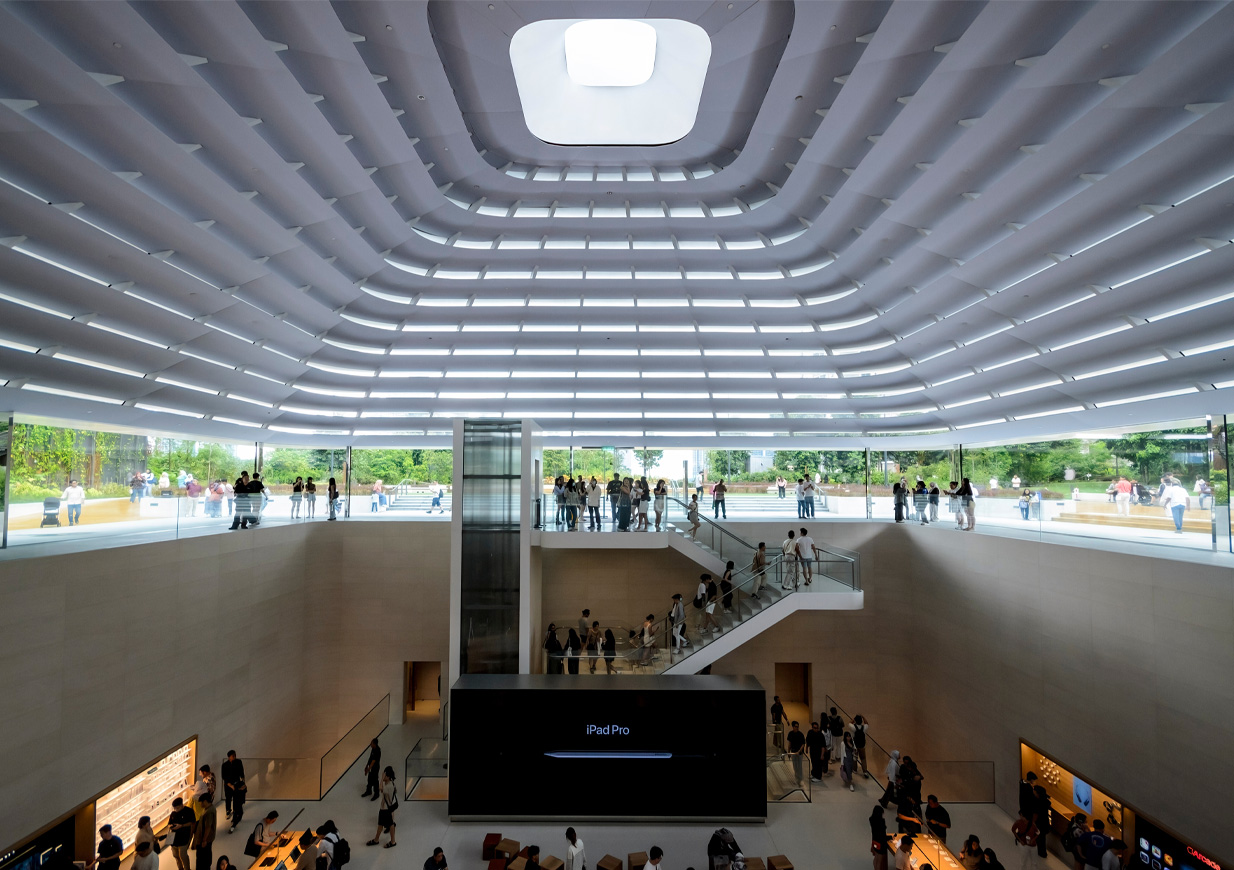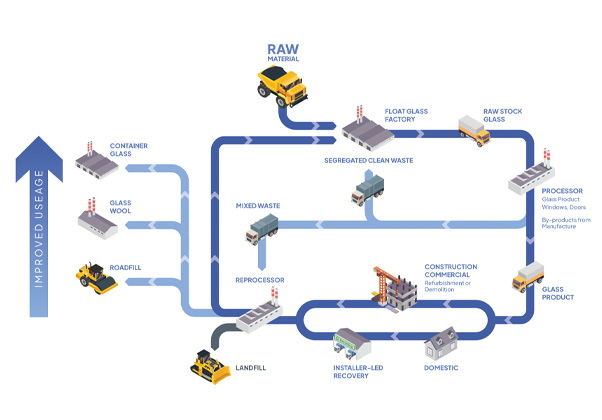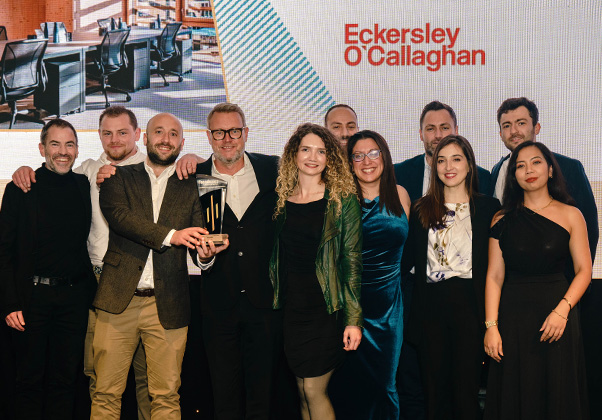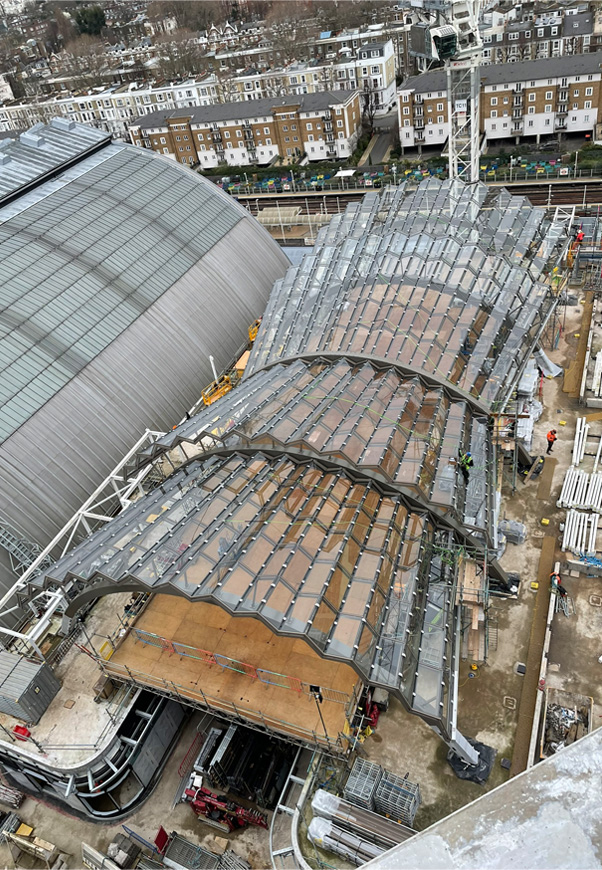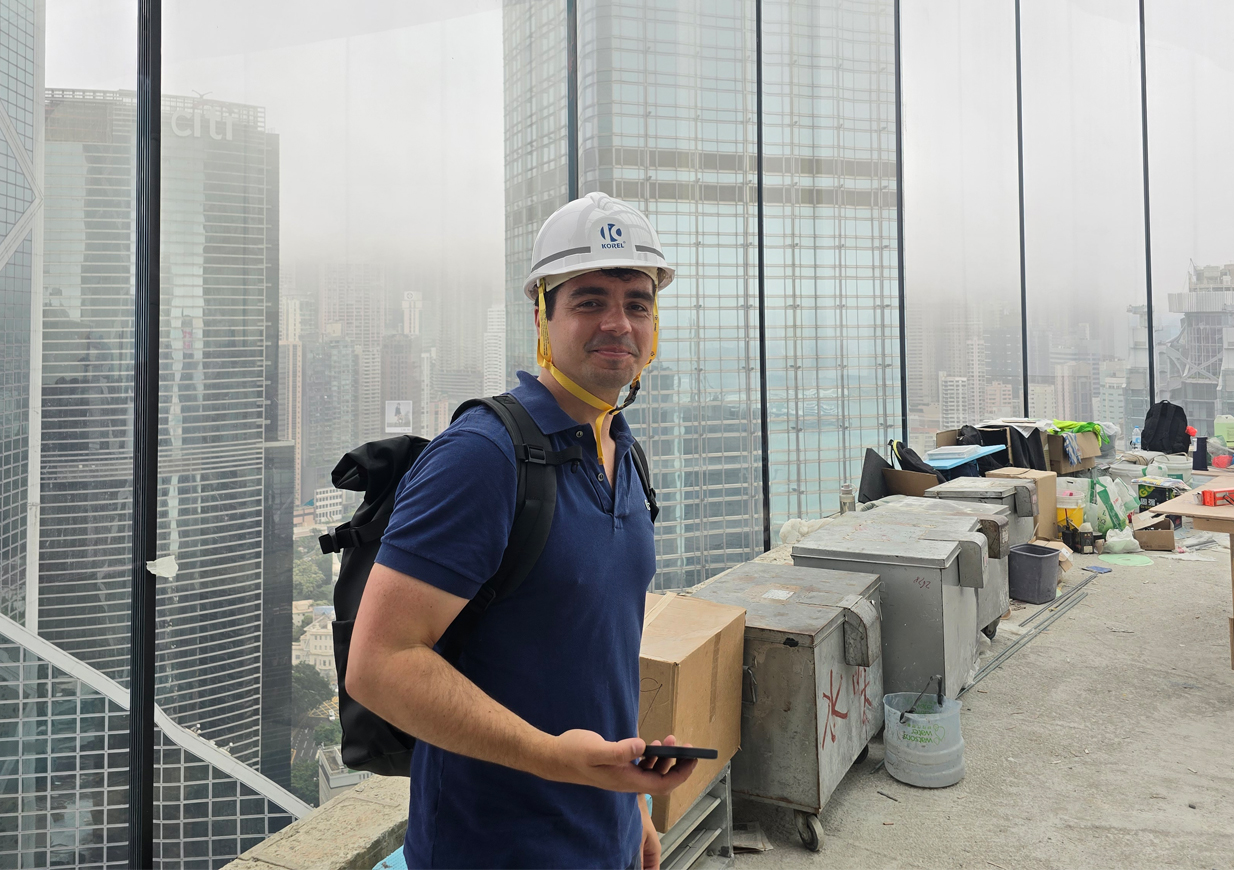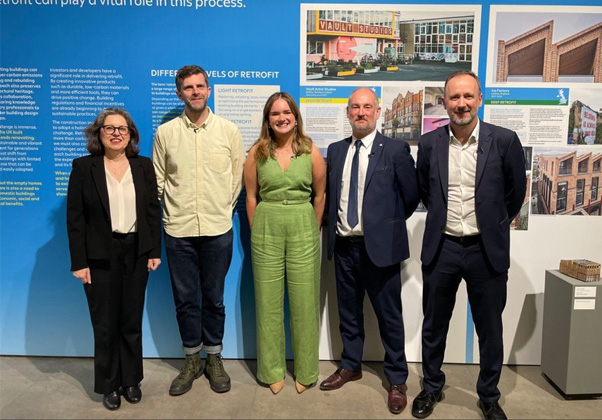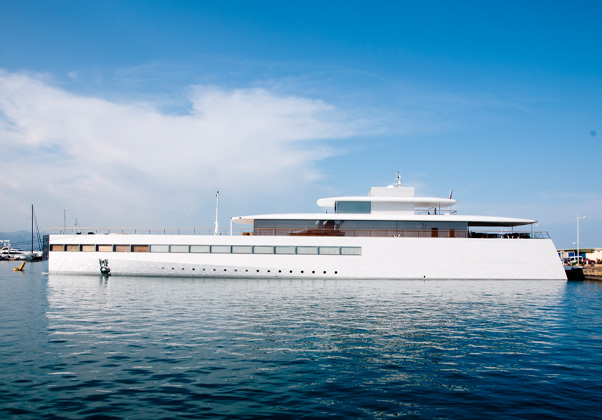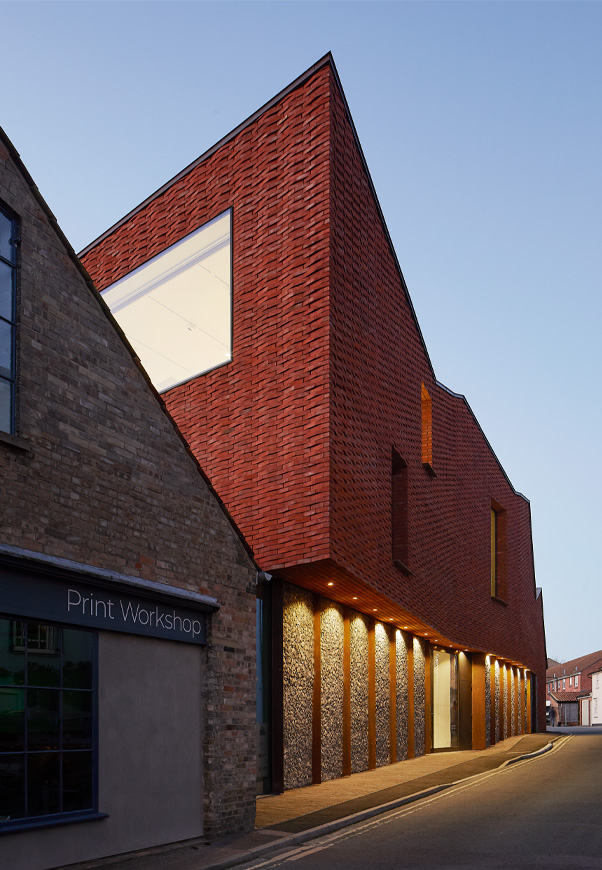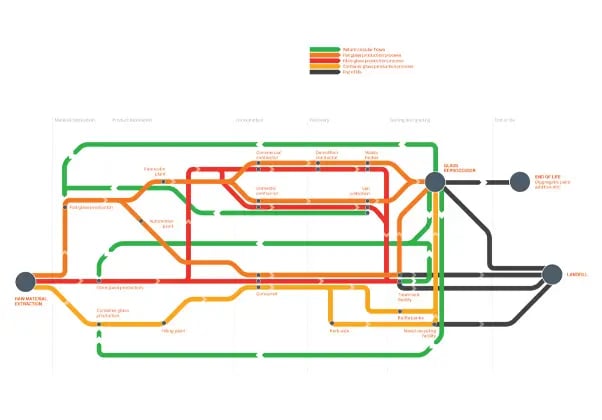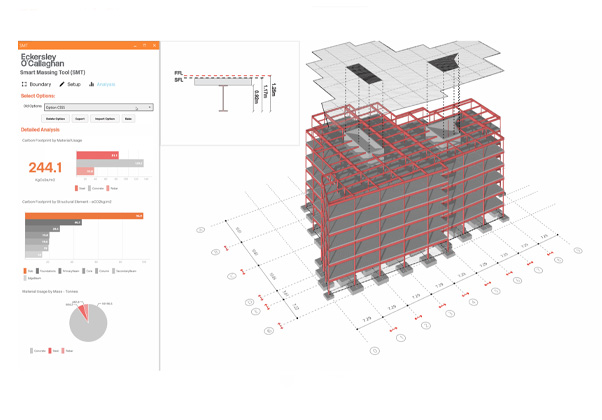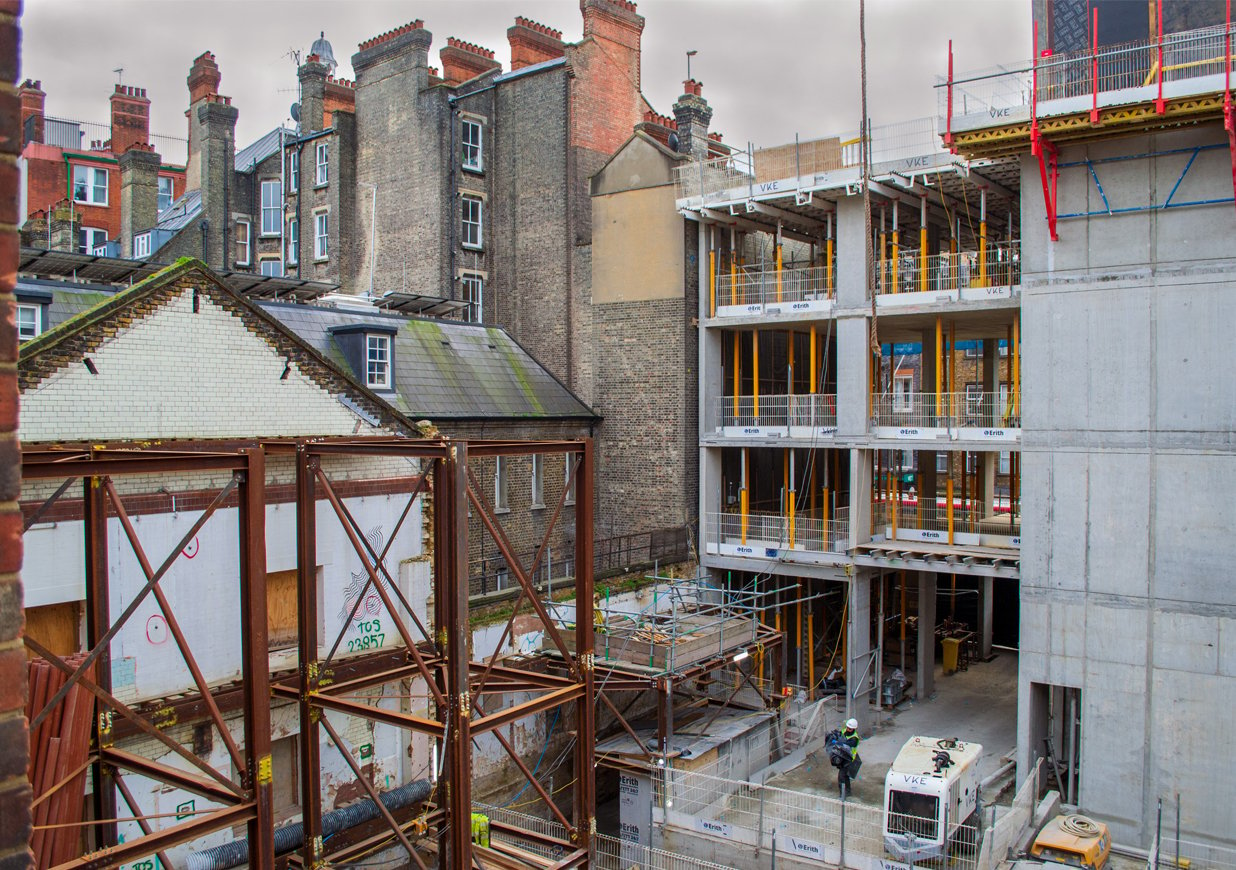Climate Friday | Operational carbon – Shedding light on parametrically designed shading
17 July 2021
26th June 2020

As part of our response to the Climate Emergency, we at Eckersley O’Callaghan are finding innovative ways to close the performance gap through new, powerful parametric design methods for passive solar shading and deeper collaboration with MEP Consultants.
In our latest Climate Friday post, Camilla Rigamonti and Matthew Tee explain how.
“At Eckersley O’Callaghan we are known for our ability to design high tech solutions for complex problems. But we are also looking at doing ‘more with less’ by approaching traditional low tech, low energy passive shading systems in a more intelligent way. Simple systems can typically be dealt with by the M&E model, but more complex systems, such as large brise-soleil arrays need careful analysis and considered coordination in order understand and harness their behaviour.
Modern architecture demands the use of bespoke patterns, three dimensional geometries and varying materials which go well beyond the capabilities of large thermal models to analyse. Limitations of common energy modelling software, such as IESVE, mean that it’s often challenging for MEP Consultants to integrate the performance of complex shading devices into whole building energy assessments.
This may lead to heating and cooling demand being incorrectly estimated, with possible knock-on design impacts such as darker or smaller glazing, and ultimately contributing to the performance gap.
This is where we have adopted an intelligent and more flexible approach to rationalise complex proposals into a set of key parameters. These can then be tested and optimised using digital design software to develop low tech, but cleverly designed shading devices with performance tailored to suit the orientation, climate, and design of each facade.
To do this, we use Grasshopper and the environmental plug-ins Ladybug and Honeybee. While Grasshopper allows the size, shape, spacing and orientation of the facade and shading devices to be rapidly varied parametrically, the plug-ins provide the environmental data to optimise their design. Consequently, factors such as typical site climate, facade orientation and the effect of reflections or transmissions from obstructions, are all updated automatically in the analysis model.
Comparing the radiation exposure of the glazing with and without the presence of an external shading device, the combined solar transmittance performance of the glazing and shading device can be quickly determined for each hour of the year based on sun position and local weather.
Going yet further, design iterations are then coordinated with the M&E engineer’s thermal model to ensure the benefits of this analysis are incorporated into the building services design and overall building energy balance. This coordination in itself can be challenging, and we are collaborating on research with M&E consultants Skelly & Couch to develop improved strategies and methods for this coordination.
By using this digital approach, options for passive shading can be rapidly analysed and optimised at an early stage to fit with architectural visions and structural support conditions – issues which can create a barrier to passive shading being incorporated in a design.
In this way, we can use passive shading devices as an effective tool to improve energy performance, report operational carbon more accurately, and improve occupant comfort in our buildings. All while making a meaningful and coherent addition to the architecture.”
If you liked this, take a look at…





